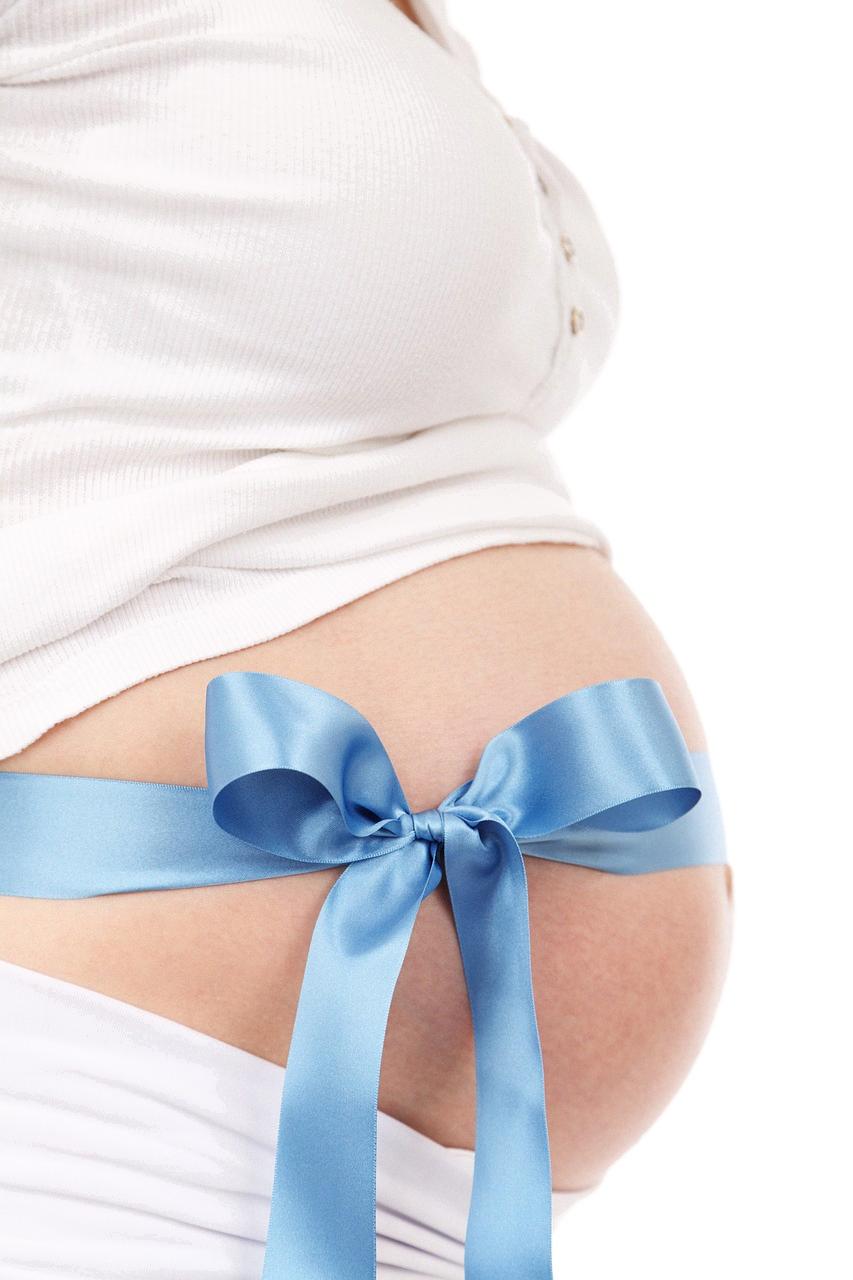When exploring the topic of miscarriage rates for women with arcuate uterus, it’s essential to delve into the specific statistics and research findings that shed light on this aspect of reproductive health. Arcuate uterus is a type of uterine anomaly that is characterized by a slight indentation or deviation in the uterine shape, which can impact a woman’s fertility and pregnancy outcomes.
According to a study conducted by Woelfer et al., women with arcuate uteri had a miscarriage rate of 14%, a figure that is comparable to the miscarriage rate of 12.7% in the control group. This finding suggests that the presence of an arcuate uterus may not significantly increase the risk of early miscarriage when compared to women with normal uterine anatomy.
It is important to note that while arcuate uterus itself may not pose a substantial risk for miscarriage, other more pronounced uterine anomalies, such as septate uterus or bicornuate uterus, have been associated with higher rates of pregnancy loss. These conditions involve more significant structural deviations in the uterus that can impact the implantation and development of a healthy pregnancy.
When considering the impact of arcuate uterus on miscarriage rates, it is crucial to understand the underlying mechanisms that may influence pregnancy outcomes in women with this uterine anomaly. While the exact reasons for the increased risk of miscarriage in some uterine anomalies are not fully understood, factors such as compromised blood flow to the uterus, implantation difficulties, and structural abnormalities can play a role in pregnancy loss.
Despite the relatively comparable miscarriage rates between women with arcuate uterus and those in the control group, it is important for individuals with this uterine anomaly to receive specialized medical care and monitoring during pregnancy. Regular prenatal visits, ultrasounds, and consultation with a healthcare provider can help identify any potential complications early on and ensure the best possible outcome for both the mother and the baby.
Research suggests that early detection and management of uterine anomalies, including arcuate uterus, can help improve the chances of a successful pregnancy. By working closely with a healthcare team that is experienced in managing uterine abnormalities, women with arcuate uterus can receive the necessary support and guidance throughout their pregnancy journey.
While the miscarriage rate for arcuate uterus may not differ significantly from that of women with normal uterine anatomy, it is essential for individuals with this condition to be aware of the potential risks and challenges associated with pregnancy. Open communication with healthcare providers, diligent monitoring of pregnancy progress, and proactive management of any complications can contribute to a positive pregnancy experience for women with arcuate uterus.
In conclusion, the miscarriage rate for arcuate uterus is a topic that warrants careful consideration and understanding within the realm of reproductive health. While research indicates that the miscarriage rate for women with arcuate uterus is similar to that of the general population, it is important for individuals with this uterine anomaly to receive comprehensive care and support to optimize their chances of a successful pregnancy.

